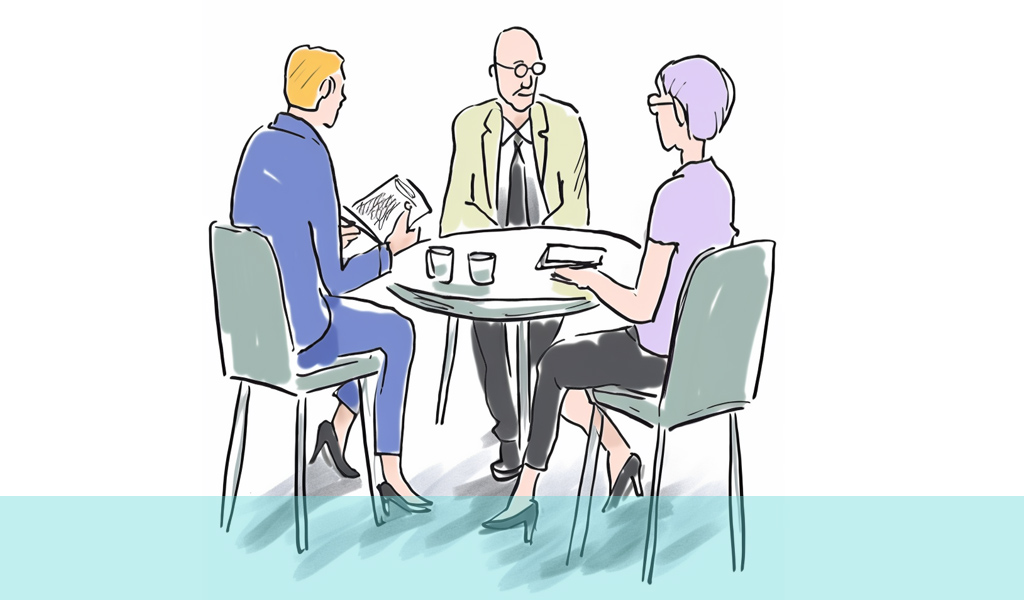
Build it, and they will come!
While many startups and operators convince themselves that a beautifully performing product is enough to attract and earn the loyalty of their customers, if they fail to take proper care of them, there’s a good chance they’ll slip through your net just as fast as they found you.
Customer service and brand strength is massive in retention and churn, so is ensuring that your products, programs, and devices deliver the best possible experience enough to keep them happy?
Unfortunately, it isn’t; there are all kinds of reasons for a user to jump ship or reject a brand, and that’s why understanding how they feel at every step of the process is crucial to your bottom line.
If they experience a single bad interaction with your teams or services, it’s often enough to merit switching to a competitor. They could also leave damaging comments and ratings on review sites and social media pages.
Looking after customers takes a lot of work, but if that’s what it takes to retain them and reap the rewards, you’ll need to explore every step of their combined experience.
The differences between customer and user experience consultants
UX vs. CX. What’s the difference? They sound similar; your users are your customers, so they can’t be that different—can they?
Well, yes, they can. Despite UX occasionally relating to a user’s view of the brand via their relationship with the product, it typically refers to exploring a particular product or device. CX, however, almost always refers to the interaction between customer and company at a relationship level.
Here are some of the key points in a handy comparison table.
User experience UX |
Customer experience CX |
| Operates on a single-interaction level
UX explores a particular experience, including feelings and ease of operation of a device to perform a task or set of predetermined functions—usually, an app, website, or other digital product. |
Operates on the relationship level
How customers interact with, are treated by, and view the company. Customer experience is the overarching relationship with the brand. It’s how users view the organisation and feel about its service, value, and their interactions. |
| UX practitioners come from design, technical, research and psychology backgrounds.
They explore how users feel while performing a task or tasks on a device or application. |
CX practitioners tend to come from marketing and business backgrounds.
Ultimately, their goal is to see growth through business operations instead of product operations. |
| UX focuses on the views and feelings of the users regarding the fine details of the app, website, and product operation.
This includes research and testing directly with those users. |
CX focuses on the views and feelings of the customers over the broader picture of business operations.
This includes every step in the user journey as an entire experience, both on and offline, and into every area where users may interact with them. |
| UX typically refers to digital products.
Where this isn’t necessarily set in stone, it is the usual area of operation. |
CX relates most often to service-based areas of customer interaction.
Again, not always explicitly those areas, but as a general rule, it’s fairly realistic. |
| UX research (typically) explores smaller user pools to gain a deep understanding of their feelings and behaviours.
While some tests lend themselves well to questionnaires over extended user groups, much of the essential work in UX is built around smaller groups under close scrutiny. |
CX surveys larger groups or examines the widest data pools to get a clear, more complete picture of the broadest business operation.
Big businesses have access to masses of data, from everything in their CRMs to the shakedowns they get online, including retention and churn, to reoccurring customer service complaints, positive and negative reviews, cash, and customer flows. |
What have they got in common?
This is a little simpler. Both areas include a great deal of research, implementing essential changes, and the expectation that they’ll boost performance and profits.
What we can say is that UX is a part of CX.
The CX customer/company relationship includes everything from marketing, customer service, value, brand strength, and user journeys on a business level.
UX at the product level is a single component of a user journey, which is, in turn, a single part of the CX relationship. This paints the picture that UX is typically a couple of levels down from business operation in the big picture.

Do you know your customers and understand their needs?
As a user experience consultancy, our strengths lie in our specialities. Understanding their customers on a CX level is essential for the biggest businesses and blue-chip giants. In the same way, we strip out a product to see what’s working well and what isn’t, rebuilding it to perform better with each instance, and so do the CX consultants but with the business operation as a whole.
As we’ve stated, the link between them is understanding customers’ feelings surrounding what they want and need from the product and the business delivering it.
How we research at each level may be quite different, but that doesn’t mean they aren’t entirely unrelated.
While we’re not ideally set up to explore the finer challenges of customer experience, we do work in a selection of crossover areas.
For example:
UX research uncovers independent customer needs and insights
It’s the staple of what we do. A good UX experience consultant bases their research around the needs of their users, exploring behaviours, feelings, and actions, building insights into what will deliver the ideal solutions in every case.
The key difference is that we hone in on the fine details during interviews, interactions, and observations—something that the broader-based data investigations of CX aren’t as well suited to.
Discovery research
Discovery research identifies user needs that aren’t under direct scrutiny. One example could be using a diary study to paint a broader picture of a user’s actions and behaviours. This method could quickly uncover pain points a laboratory study couldn’t possibly access, especially in offline situations. It can also save you time and money, as discussed in this article from our knowledge base.
Generative research
Generative research takes a step back to look at the bigger picture, uncovering issues previously unconsidered instead of validating the solutions we’ve decided are needed.
It’s far too easy to jump straight into prototyping when we think we’ve exposed the relevant data, but as the Design Council Double Diamond method shows, there are several stages where we can uncover essential insights, and at every stage of operations.
Generative research helps to define the solutions to the problems that discovery research presents. If you’d like to read more on the topic, try this piece from our knowledge base.
Service design
Service design is another option where designers consider the planning and organisation of the business’s resources, but this time to improve the employee’s experience and, in turn, the customer experience. By exploring the people, props, processes, and interactions at every level, there’s an opportunity to develop smoother outputs, both customer-facing and behind-the-scenes, that enhance the end-user experience.
Customer journeys
Customer journeys can be as simple as getting from point A to point B on your website or app, or it could be the entire experience from finding out about your product to committing to a purchase or other valuable interaction.
We speak about customer journeys and customer journey mapping regularly in our knowledge base, so if you’d like to understand a little more, why not explore one of the following:
- How to create a customer journey map
- 5 tips for creating customer journey maps
- Using your customer journey maps
- User journey maps and UX
Customer experience strategy
A customer experience strategy is a plan to enhance CX in each step of the total customer journey. They include various research methods and tools and uncover how customers feel about their combined interactions with your business.
It’s a powerful tool for uncovering the points in your process where customers are delighted or disappointed. Those interactions create their overall view of your business, brand, and product. Then, when looking to boost a business, each improvement will add to that combined score, feeding the growth and success of those willing to engage in the extra steps.
Summary
Once the differences between user experience consulting and customer experience consulting are better understood, it offers options for improving our businesses to please our customers.
Learning how customers think and feel is essential to operations at every level. Whether it’s a deep dive into the finer details of an app’s functionality or its relationships with your brand, it’s all vital information we can use to guide innovation, better interactions, and happier users.
Many user experience consulting services help to explore customers’ actions and behaviours, as there are data pools and streams available to CX researchers. Understanding what you need most will help you decide which route is the best option and, from there, the path to enhance operations and build your business.
If you would like to discuss your experience strategy get in touch and email us at hello@ux247.com.


